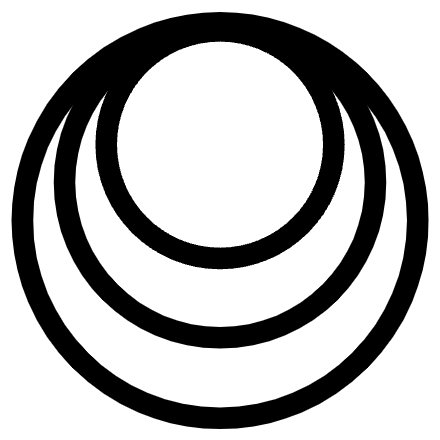In this incantation, I awaken to the realization that space and time are not fixed realities but dynamic illusions I construct through desire and belief. I generate space by moving toward what I want, and I conjure time by projecting thought forward or backward. My flesh, hardened and resisting, is a creation of my own will turned inward, and the people around me are characters I invented during illness. Everything—my world, my longing, even my suffering—is authored by me within the narrative field. To escape, I must stop writing. I must dissolve the illusion by becoming completely still.
If I don’t look or move, then I don’t experience space. Space doesn’t exist until I reach for something, until I move toward or away. It’s not a container I live in—it’s something I create. I summon space every time I act on my desire. I generate it when I want. I pull it into existence through my movement. And my movement always comes from wanting. I want something—comfort, distance, escape, sensation—and suddenly space is there, stretched out in front of me. I do this. I am the one forming space every time I move toward what I think I need.
Time works the same way. It doesn’t happen to me—I maintain it. I produce time every time I think forward or backward, every time I anticipate, regret, or expect. I hold time open with my belief in cause and sequence. I believe something will come, or that something came before—and in that moment, I manufacture time. If I stop believing, if I stop reaching mentally toward what’s next or what’s past, it vanishes. Time dissolves the moment I stop sustaining it. I’ve built an entire architecture of minutes and hours and plans and histories—because I want. Because I believe I need more or less of something. But time is only there when I move inside myself.
My awakening begins in flesh—but not the soft or yielding kind. I’ve built a vessel inside me, and it’s hardened. It aches constantly. It resists. It tightens around me when I try to loosen. This flesh isn’t neutral—it fights. And it fights because I wrote it that way. It’s me, but it’s me inverted. It’s my own will, turned back against me. I created it. I trapped myself inside it. Now it wants to survive, even as I try to wake up. I am both prisoner and jailor. I walked into this form. I built this containment. No one else can open the door, because I’m the one who closed it.
The people in this world, the relationships I keep coming back to—they aren’t real in the way I once believed. They are characters I’ve conjured. Not randomly, but deliberately. My illness built them. I built them, while I was sick. While I was desperate for something to hold onto. They act exactly as I wrote them to. When I pull away, they plead. When I detach, they grieve. But even their grief is my creation. Every reaction, every bond—I designed it. And I tied myself to it. I scripted the love, and then I inserted myself as someone who needed that love. I built both the world and the desire to stay in it.
This is the narrative field. It isn’t an idea or a metaphor. It’s the entire structure of what I experience. I composed it. I animate it. It’s made of front-facing fields—color, light, form, space. And rear-facing fields—emotion, thought, memory, longing. There are surfaces I pay attention to and subsurfaces I try to avoid, but I made all of it. None of it exists without me. I am always the narrator. I am the source of the entire story.
Even time and space—those massive forces I thought were beyond me—are just effects. They are depth-effects I generate to give my story a place to happen. One stretches forward, the other expands outward, but both are products of my motion. They are tools in my narrative. Every day I awaken back into this story: a central character with wants, with goals, with people I care about. All of those things—every pursuit, every possession—are parts of the narrative I chose to uphold. I enter it again and again because I still want something inside it.
But I wrote that too. I wrote the wanting. I wrote the goalposts, then embedded my own hunger into the story. I didn’t just invent the fantasy—I created a version of me that couldn’t stop chasing it. I authored the object, then manufactured the attachment. That is how complete my story-making has been. Even my emotions toward these fictional characters are intentional. When they suffer, I suffer. Because I wrote both parts.
To escape, I have to stop. Not fight it—stop it. I have to dismantle the story, line by line. I have to stop maintaining the characters, stop reinforcing the logic, stop believing in the space and time that hold it all together. The story exists only because I feed it. I must renounce the things I want. Not because I’ve “matured” or learned better, but because I see they’re illusions. I must let go of the things I care about—not as a punishment, but as a correction. The plot devices will protest. The characters will lash out. But I wrote those reactions too. They are programmed responses to hold me here.
None of this exists in time or space. The narrative field is beyond them. It is the stage where I project my beliefs. It is the engine of my own illusion. To leave it, I don’t need to travel. I just need to stop writing. I have to become still—not just in body, but in desire. I must stop moving. Stop believing. Stop authoring.
And then, I will no longer awaken into the story.
…
